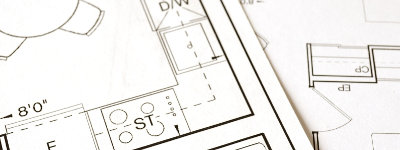CAD Drawing Prototype

The Challenge
Expanding a computer aided design (CAD) platform to mobile devices faced a significant obstacle with touch input. The platform relied on a physical mouse and keyboard to create accurate engineering drawings. Mobile devices typically lacked these peripherals, the exisiting system required hours of training to become proficient.
Exploration
Several shapes that posed challenges to accurate drawing were identified. These were used to evaluate the current system and several competitive systems based on touch. The current system was found to be significantly more efficient than the competitors.
Wireframes and Prototypes
Multiple approaches were explored with wireframes and paper prototypes. Moving pieces of paper prototypes around on a table proved helpful to evaluate how the touch interactions would work and to quickly share the interaction with others.
Usability Labs & Feedback
The design went through a number of iterations based on feedback. The interface's usability was significantly improved from the initial concept because of the ongoing feedback I got from working with experts in CAD drawing.
This feedback was gathered with through usability studies with varying levels of fidelity. In the early stages, participants were simply shown a mockup and asked how they would expect to interact with it. In later stages, participants were asked to draw a series of designs using an interactive prototype.
The Outcome
The process resulted in a single user interface that worked with touch, or mouse and keyboard. This allowed users to choose the input method that worked best for them. It also presented a consistent interface across mobile and desktop platforms.
The new user interface also had significantly improved the usability. Participants in the usability studies were able to use the functionality with no training on the new interface.